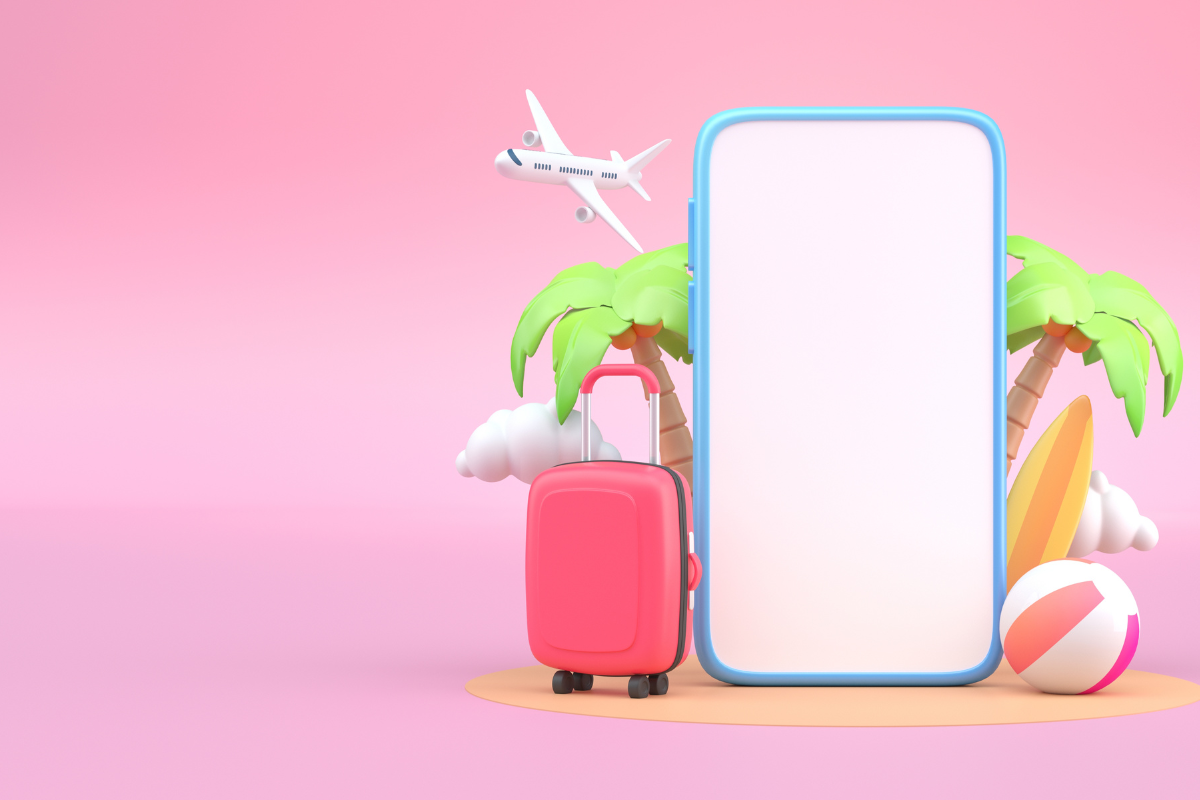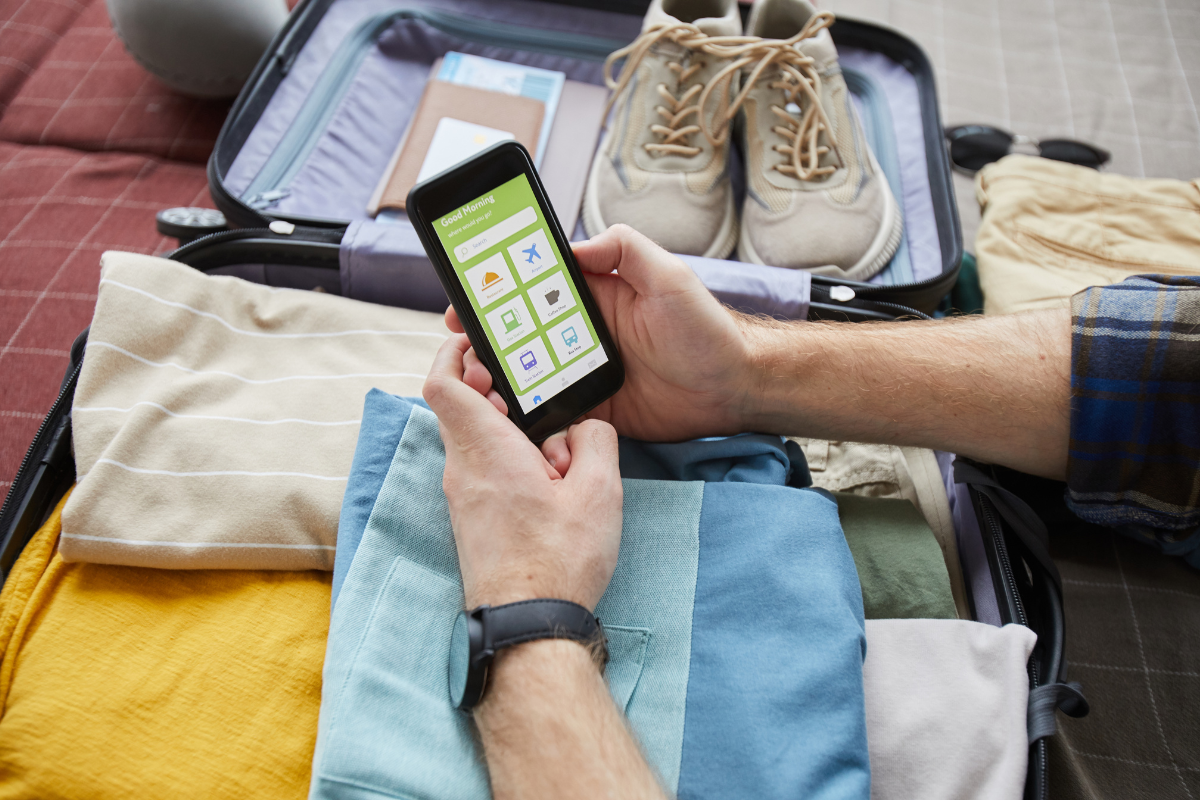In today’s highly competitive market, excelling in UX/UI design is essential for business survival, not merely a choice.
UX and UI are more than just design aspects; they are crucial tools for turning website visitors into dedicated customers, enhancing your revenue, and elevating your brand’s value.
In this article, we’ll explore important tips for designing your travel app, including how these insights can significantly enhance your travel agency UI design services for a more user-friendly and engaging customer experience. Let’s get into these ideas now:
Research Travel App User Behavior And Pain Points
To design an exceptional UX for your travel app, research how travelers interact with and think about the app. Analyze user behavior, motivations, pain points, and expectations.
To gather insights into how people currently research, book, and experience travel, conduct surveys and interviews.
Inquire about their frustrations and desired improvements. Observe trends in usage across different generations, cultures, and traveler types, focusing on the features and functions they value most.
By reviewing analytics and heatmaps, you can understand how people navigate your app and identify areas where they face difficulties.
Pay attention to whether certain features are overlooked or if completing key tasks takes too long.
Also, consider the feedback in app store reviews, noting common complaints and improvement suggestions, and engage with reviewers through follow-up questions.
Undertake a competitive analysis of other travel apps to identify their strengths and weaknesses. Examine what they excel at and consider how you could incorporate or enhance these aspects in your own app.
Be mindful of the reasons for their poor reviews to avoid similar pitfalls. Additionally, employ A/B testing with different app versions to refine the user experience.
Experiment with various navigation menus, calls to action, or checkout flows, and gauge the most effective ones based on user behavior and feedback.
Travel apps should simplify the complex process of trip planning and booking. By gaining a deep understanding of how people use such apps and what they need, you can craft an intuitive UX that makes the experience easy and enjoyable.
Focus on streamlining key tasks, minimizing confusion and frustration, and including functionality that adds real value. Your research will point you to the best ways to satisfy and delight your users.

Implement Intuitive Navigation and Information Architecture
To provide an intuitive user experience, the information architecture and navigation of your travel app should be carefully designed.
The IA refers to how information is organized and labeled, while navigation refers to how users move through the app.
When designing your IA, group related content and functions together under logical categories and subcategories. For a travel app, categories might include:
- Transportation: Flights, Trains, Rentals
- Accommodations: Hotels, Apartments, Hostels
- Itineraries: Saved Trips, Recommendations
- Account: Profile, Payment Methods, Notifications
Within each category, content should be arranged simply and consistently. All Items of identical types should be clustered together.
For example, list all available flights for a destination on one page rather than spreading them across multiple pages.
For navigation, provide a clearly visible menu, tab bar, or sidebar on each page so users can easily move between categories and subcategories.
The navigation options should remain consistent across the app. Include breadcrumbs or a hierarchy of page titles so users know their current location within the IA.
Streamlining your information architecture and providing intuitive navigation are essential for any app, but especially important for travel apps where users need to access a wide range of resources to plan and book their trips.
By organizing your content logically and making it easy to navigate, you will elevate the user experience of your travel app.
Enhance Visual Design for Usability and Aesthetics
To elevate the user experience of your travel app, focus on enhancing the visual design. An attractive yet functional interface will make your app more engaging and impactful.
Clean, Consistent Design
Employ a clean design with plenty of white space, aligned elements, and consistent fonts, colors, and branding throughout the app.
This makes the interface appear organized and polished. Use grid systems to align buttons, text, images, and other interface elements.

Intuitive Icons and Graphics
Incorporate custom icons and graphics to visually represent features and convey information.
Icons should be intuitive, consistent, and harmonize with your brand image. Ensure all icons and graphics load quickly and are optimized for high-resolution displays.
Pleasing Color Palette
Choose a color palette that is aesthetically pleasing while also meeting accessibility standards. Limit the number of colors to create harmony.
Use brighter colors to draw attention to key actions and information. Complementary shades can also be used to distinguish different sections or features of the app.
Adaptive Design
Employ an adaptive design that adjusts the layout and content based on the user’s screen size. This provides an optimal viewing experience across devices.
Hide or reorganize elements as needed for smaller screens while still keeping the most important content and functionality accessible.
Balanced Information Density
Find the right balance between empty and crowded areas in your interface. Do not overload the screen with too many elements, as this creates a cluttered appearance and can confuse users.
However, avoid large empty spaces which can make the app seem bare. Place elements with purpose and group related information when possible.
An enhanced visual design will significantly improve the usability and aesthetics of your travel app.
By focusing on these key practices, you can craft an interface that is clean, intuitive, adaptive, and impactful, thereby elevating the overall user experience.